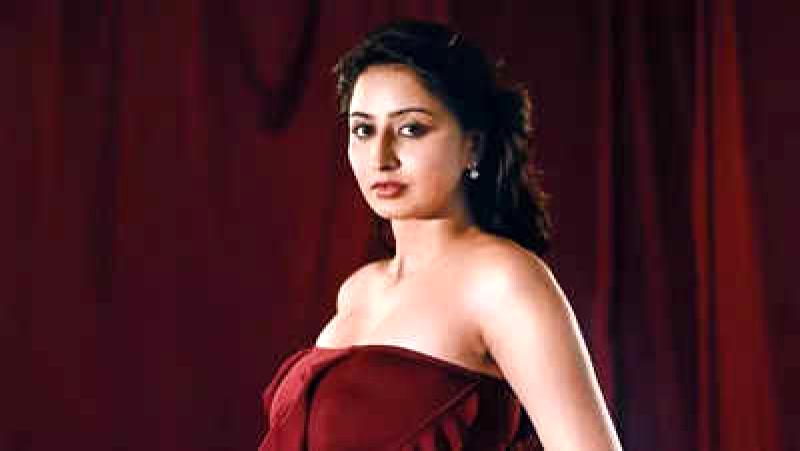
Onscreen, women in the Kannada film industry are celebrated as 'sheroes', but behind the scenes, they face challenges in finding their place and raising their voices. While their performance, attire, makeup, and hair draw admiration on screen, off screen, these women struggle for basic amenities on set, including proper washroom facilities. The issue of pay parity is also prevalent in the industry. Over the past decade, the industry has witnessed significant changes with more women entering various roles such as stylists, choreographers, and cinematographers. However, the industry infrastructure still caters predominantly to men, sparking discussions on the need for inclusivity.
For many women in the industry, encountering everyday sexism is a common occurrence. Some have adapted to the environment, hoping for a brighter future, while others have chosen to leave the industry to pursue independent work. Amidst these challenges, female technicians face constraints within a patriarchal system. In the makeup sector, men hold dominance with a belief in their superiority due to their generational experience. Members of the association are often undervalued, receiving meager daily wages ranging from ₹2,000-3,000, whereas working independently offers a significantly higher income of ₹15,000-20,000. Even when sought after by female leads, female makeup artists still have to work alongside male counterparts designated by the association, creating discomfort on set. The reliance on male assistants for tasks like outfit adjustments or specific makeup techniques further highlights the gender disparities that persist in the industry.Actresses like Vydurya Lokesh, a make-up artist, are often only considered for smaller projects: according to a screenplay writer. Producers commonly question whether a script is focused on women when it is pitched to them, assuming that women are only capable of creating low-budget, non-commercial, or artsy films. This stereotype limits opportunities for women in the industry. In some cases, women in roles such as directors or photographers can face challenges, like being paid less than their male counterparts or even being questioned by others for their gender. Screenwriters and associate directors, like Manasa Sharma, emphasize the need for change in gender biases within the industry. A stylist shares her experience of facing difficulties on set, including lack of access to basic facilities like washrooms during long shoots. Despite some progress in inclusivity, women still struggle to have their basic needs met in the entertainment industry.We require an increase in female representation in various roles, especially in voiceover work. Women often have fewer dialogues in films, resulting in less work for female dubbing artists compared to males. There is a notable lack of women-centered films and solo songs by female singers in recent times. The industry predominantly features duets and "item songs." It is important to have more female voices on screen.— Sparsha RK, singer and voiceover artist











